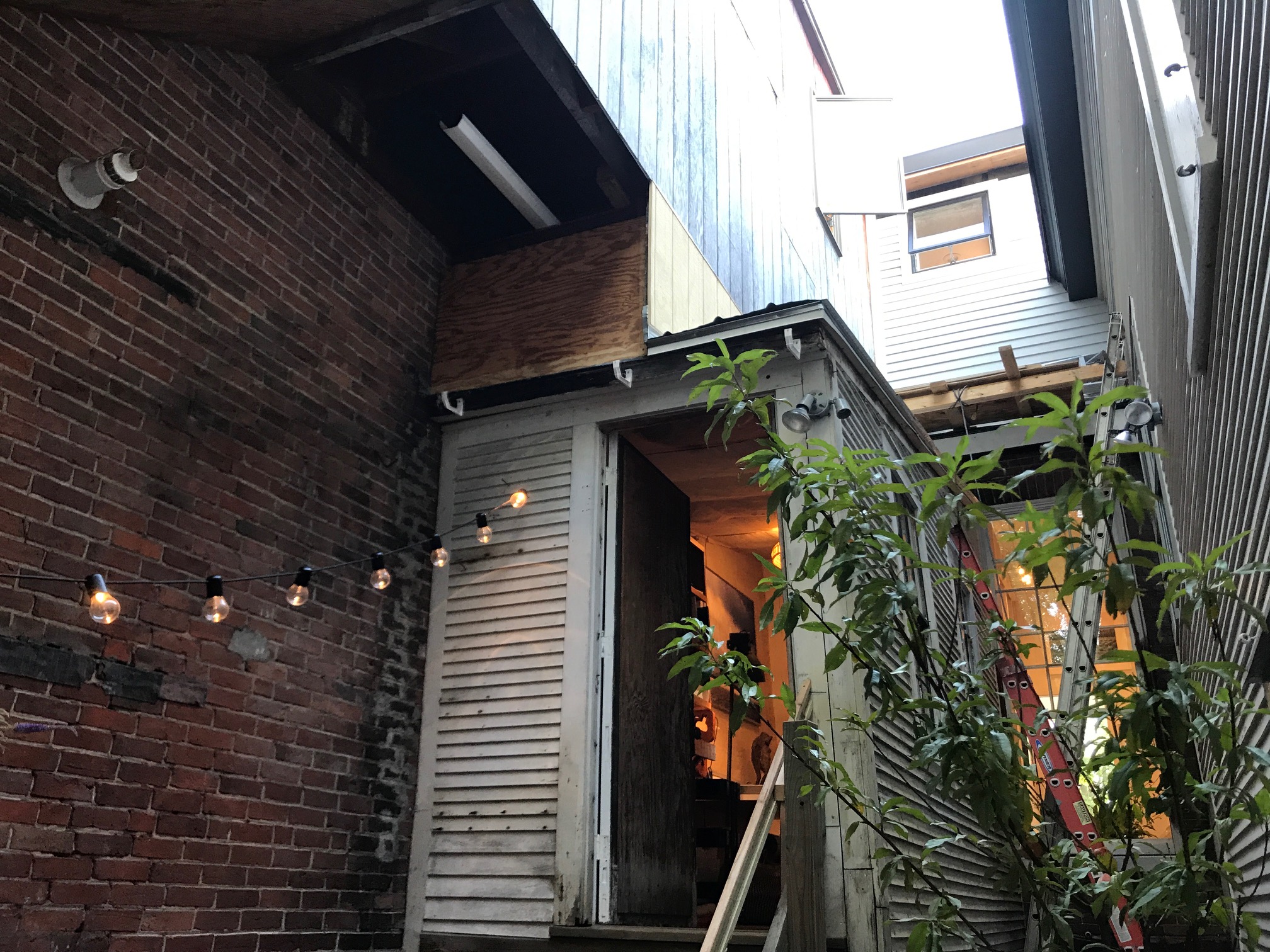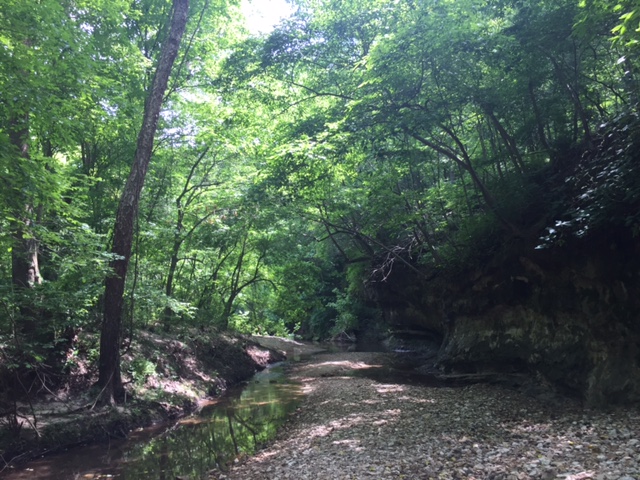I need you to write the curriculum for a Reggio Inspired school. That was the request by a good friend and colleague, an architect who is charged with designing a new early childhood center where the benefactor/founder wants it to be Reggio Inspired.
We have requests that are similar to this one from time to time. For example, this blog in a response to an email query addresses how to start to make learning visible, and this one explores how to compose student work in a book form for a public audience.
My written response to the request to write a curriculum for the Reggio approach follows:
Let’s be clear that there is no “written curriculum” to be followed for “The Reggio approach;” though there are: architectural patterns for setting up aesthetically pleasing learning environments, lists of highly recommended materials and their organization, ways to integrate different disciplines, the 3 R’s and all the others including all the arts in skilled and inventive ways, methods for developing authentic and meaningful experiences that generate deep learning, mediums for documentation and assessment of learning in ways that make the learning visible, protocols for collaboration between teachers that results in evolved and advanced practice.
In fact, this way of teaching is a paradigm shift…something completely different than what most of us have experienced as the norm. It’s a bit like the difference between jazz and classical music…while both require fundamental knowledge of the instruments and the ability to read music, jazz has only a skeletal outline, a melody (not a complete score) that is an open “provocation” for each player to innovate…and much of the innovation is inspired by each player’s attuned listening to the others in the group.
All that said, can teachers learn to teach using the Reggio approach? Absolutely, but in our experience it requires systemic changes in thinking and ways of doing.
First: hire teachers who believe in their hearts that this is the right approach. Before their interviews require them to read The Hundred Languages of Children, and Bringing Reggio Emilia Home. In the interview, ask open ended questions like: What in all this makes sense to you?; and What do you wonder about? From their answers you’ll know which ones are really “on the bus.”
Second: with the new teachers, convene a series of collaborative discussions around shared readings…to develop thinking about and context for the work of creating a classroom and a school community.
Third: set up the classrooms and common spaces with well organized, beautiful materials, in aesthetically pleasing ways.
Fourth: plan/outline/map a series of authentic and meaningful experiences…”provocations”…and prepare to listen to the children and to document their thinking.
Fifth: schedule regular meetings of teacher teams for collaborative reflection on the dynamics of the classrooms, the specific experiences recorded, the composition of documentation of the experience (making the learning visible), and ideas for next experiences.
Sixth: schedule learning experiences for the teachers throughout the year.
This is clearly a simplified and synthesized outline of how to think about a curriculum inspired by the work in Reggio Emilia in a new and transformed way. To launch this work is a challenge and a great journey as well as an enormous contribution to children and families and communities. This way of thinking about and creating school honors our intelligence and creativity as human beings on the planet and creates the context for real, engaging, lasting learning for everyone. Let's do it!
*the images in this post come from archives of the St. Louis Collaborative, The College School and The Principia in St. Louis and Buckingham Browne & Nichols in Cambridge, MA.





























